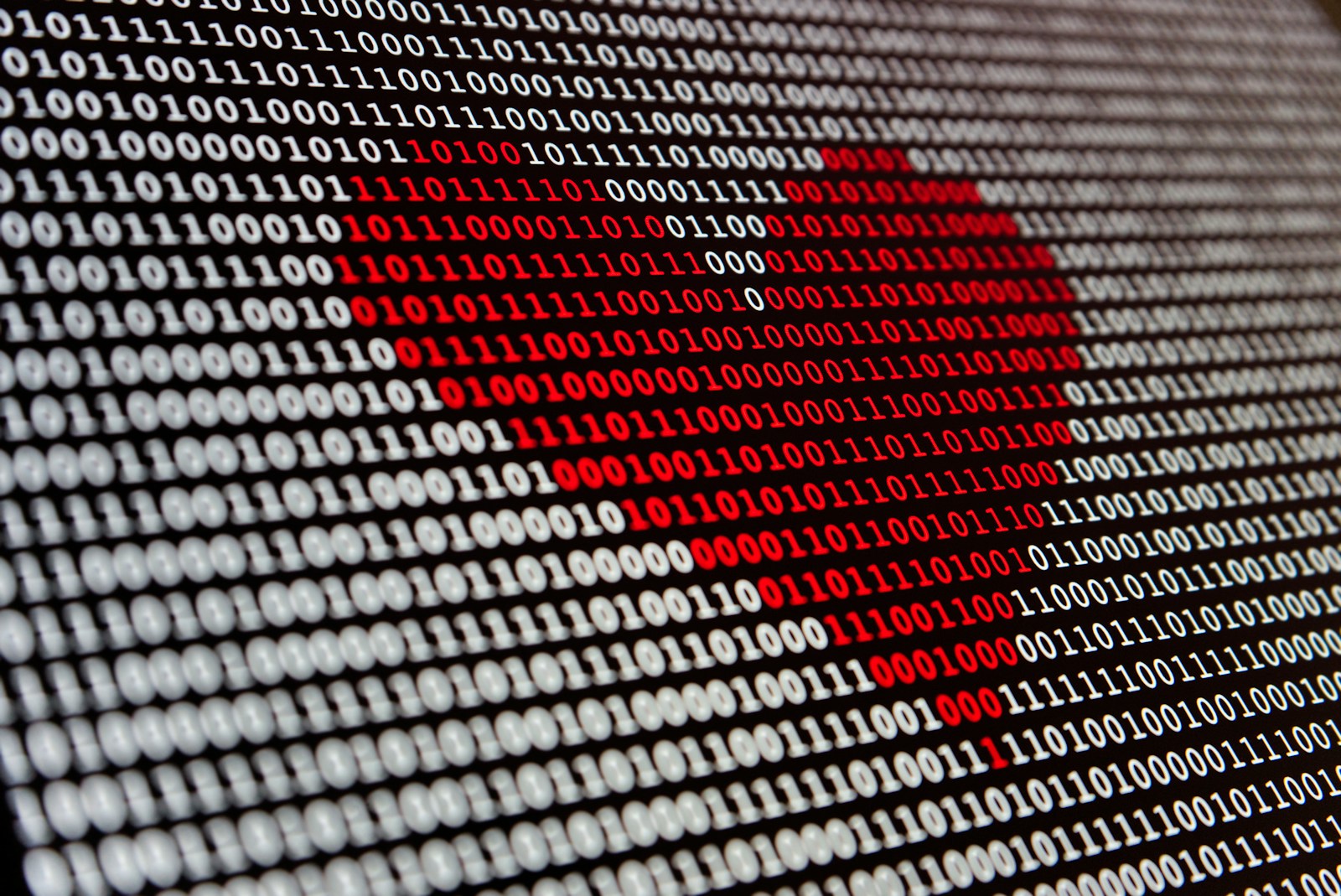The first-ever digital twin heart was developed in a collaborative effort between Dassault Systems, Tata Consultancy Services, and world-renowned runner Des Linder.
A world first, the digital replica of a real-life heart was built with intricate cardiovascular system modeling, utilizing data from an MRI to simulate the digital twin. Furthermore, using artificial intelligence and machine learning, the twin enables different conditions to be virtually replicated.
The digital twin enables athletes like Des Linder to track performance and health, which is critical to endurance training. As a result, the virtual replica enables athletes to recover better from injuries and even avoid injury in the long run.

The technology will likely be used in printing 3D models of surgical practices with innovative use cases in healthcare.
The digital twin heart offers unmatched opportunities in professional sports, the wider sports industry, and broader healthcare. The virtual replica can help athletes mitigate injuries and improve their performance, potentially increasing the time they can perform at a higher level of sporting capacity. Likewise, the innovative use cases within healthcare are also profound, with these twins essentially able to give patients the required data to monitor their health virtually. The possibilities are endless.
For more information on the latest data and insights on the use cases of digital twins, check out our intelligence platform.
If you found this article to be informative, you can explore more current Digital Twin news here exclusives, interviews, and podcasts.













